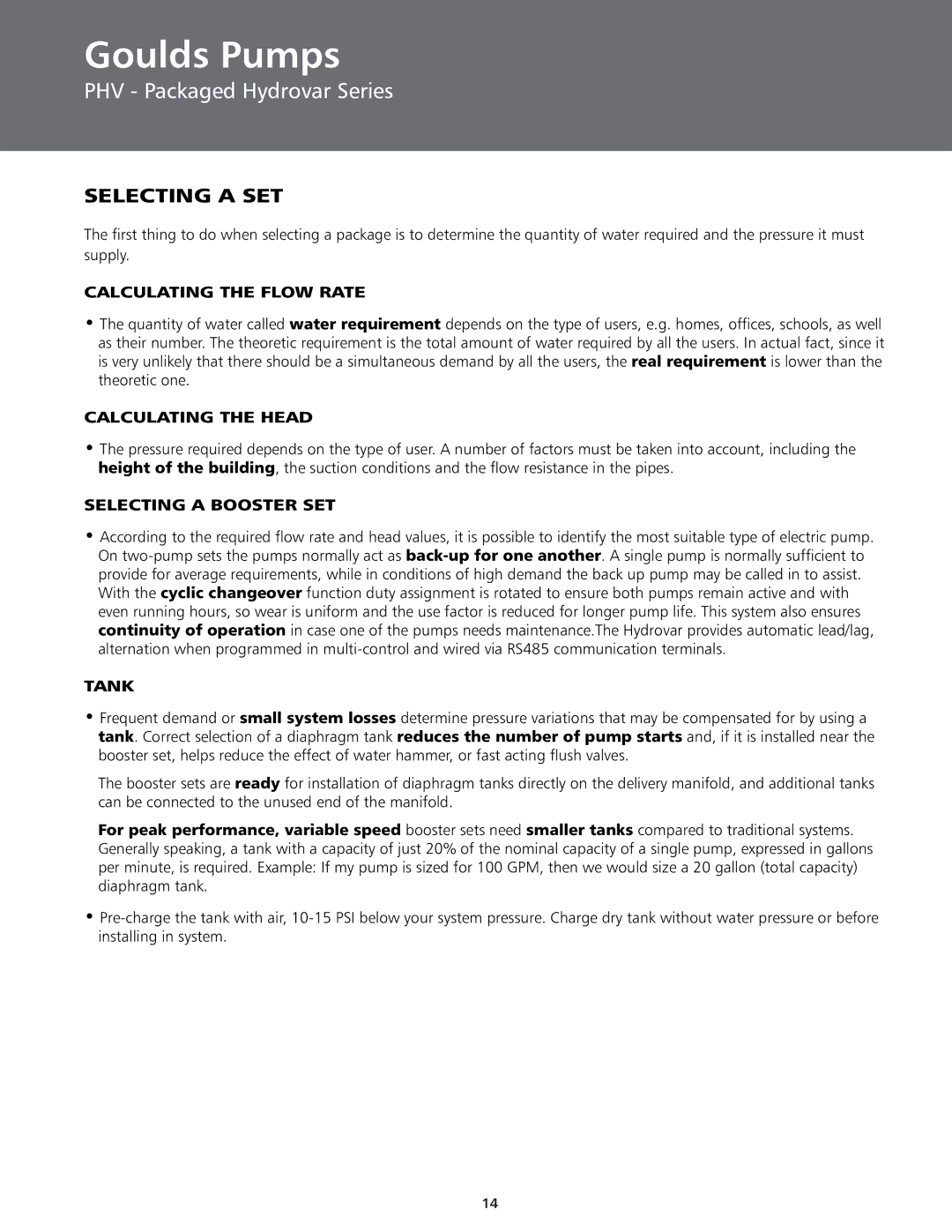BPHV specifications
ITT BPHV, short for ITT's Bacterial Purified Water and High Purity Valves, represents a breakthrough in the field of fluid control technology, particularly designed for applications requiring the highest standards of cleanliness and reliability. These valves are typically utilized in industries where the quality of fluid handling is crucial, such as pharmaceuticals, biotechnology, and food and beverage manufacturing.One of the standout features of the ITT BPHV is its ability to handle both high purity and aggressive fluids without compromising system integrity or cleanliness. The design focus on valve components ensures that they are free from contaminants, which is essential for processes where even minute impurities can lead to significant quality issues.
The materials used in the construction of ITT BPHV valves are particularly noteworthy. They feature advanced polymers, stainless steel, and other corrosion-resistant materials that withstand the rigors of high-purity applications. These materials not only ensure durability and longevity but also meet stringent industry standards for safety and compliance.
Innovative technologies integrated into ITT BPHV valves enhance their performance. These include advanced actuation systems that allow for precise control and responsiveness, ensuring that the flow of fluids can be managed effectively, even in highly dynamic environments. Additionally, the valves are designed to facilitate easy maintenance, with features that allow for quick disassembly and cleaning without the need for specialized tools.
Another vital characteristic of ITT BPHV valves is their compact design, which maximizes space efficiency within installations. This is particularly beneficial in industries where real estate is at a premium and where large equipment can impede operational efficiency. The modularity of the valve design also means that it can be adapted easily to different system configurations.
Furthermore, ITT BPHV valves are engineered with safety in mind. They incorporate features such as fail-safe functionality and pressure regulation, providing operators with peace of mind during critical operations. The seamless integration of these valves into automated systems enhances productivity by enabling consistent and reliable fluid movement.
Overall, ITT BPHV stands as a pioneer in high purity fluid handling, offering cutting-edge technology and robust engineering to meet the demands of modern industries. With their focus on cleanliness, reliability, and operational efficiency, these valves are an essential component for any facility striving for excellence in fluid management.

